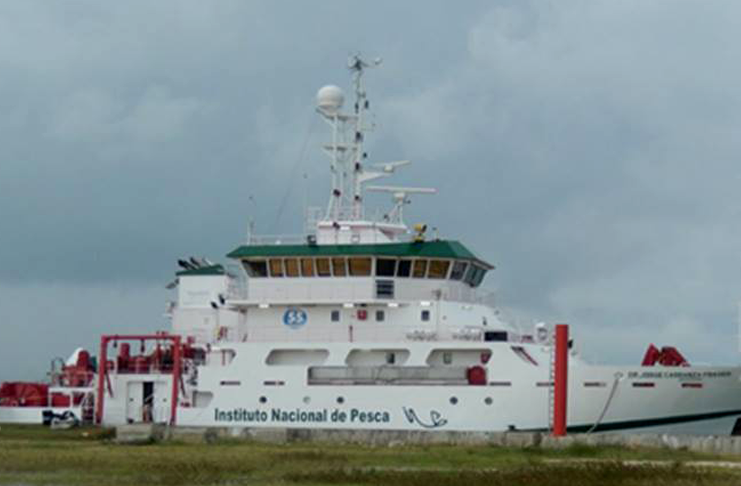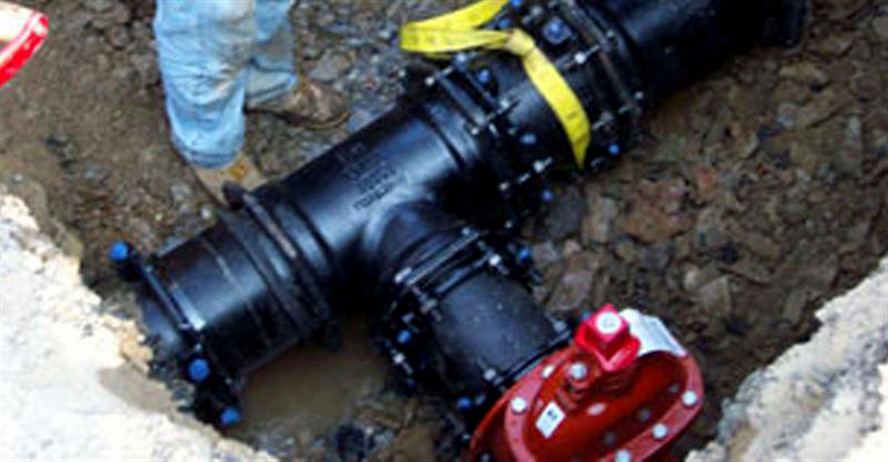Mexican Research Vessel “Dr. Jorge Carranza Fraser” to Conduct Fisheries Research Work in Belize’s Waters.
The Central American Organization for Fisheries and Aquaculture (OSPESCA), the Food and Agriculture Organization (FAO) of the United Nations along with Mexico’s National Fisheries and Aquaculture Institute have embarked on a project entitled “Prospecting and Evaluation of Fisheries Resources in Central America”. As a member of OSPESCA, the Belize Fisheries Department is participating in this project and has deployed a Fisheries Officer to assist in field data collection onboard a 195 ft. long research vessel “Dr. Jorge Carranza Fraser”, which is owned by Mexico’s National Fisheries and Aquaculture Institute.
The objectives of the project are to gather field data on the composition of fauna on the continental shelf and continental slope to a depth of 300 meters, produce a list of main species sampled, study the distribution of commercially important fish species, collect biological material for further analysis at research centers in Mexico, obtain a photographic record of species sampled, evaluate physical oceanographic conditions including temperature/salinity profile of the water column and conduct a bathymetric and morphological assessment of the seafloor within the agreed marine survey areas.
The research vessel is scheduled to depart the Port of Progresso, Yucatan (Mexico) on September 17, 2018, and will visit Belize, Guatemala, Honduras, El Salvador, Nicaragua, Costa Rica, and Panama to carry out fisheries research activities. The results of the research work will yield valuable field information on the status of fish stocks of commercial interest and other information on underexploited and unexploited fish stocks throughout the region.
The research vessel is expected to arrive in Belize on September 19, 2018, and will remain here for 7 days before it moves to other countries along the Caribbean coast of the Central American Isthmus. Survey activities will be done considering the bathymetry of the area and in a depth range 100m to 300m. In Belize, data will be collected at 11 oceanographic stations, and 8 transects will be done covering a total distance of 550 nautical miles.





